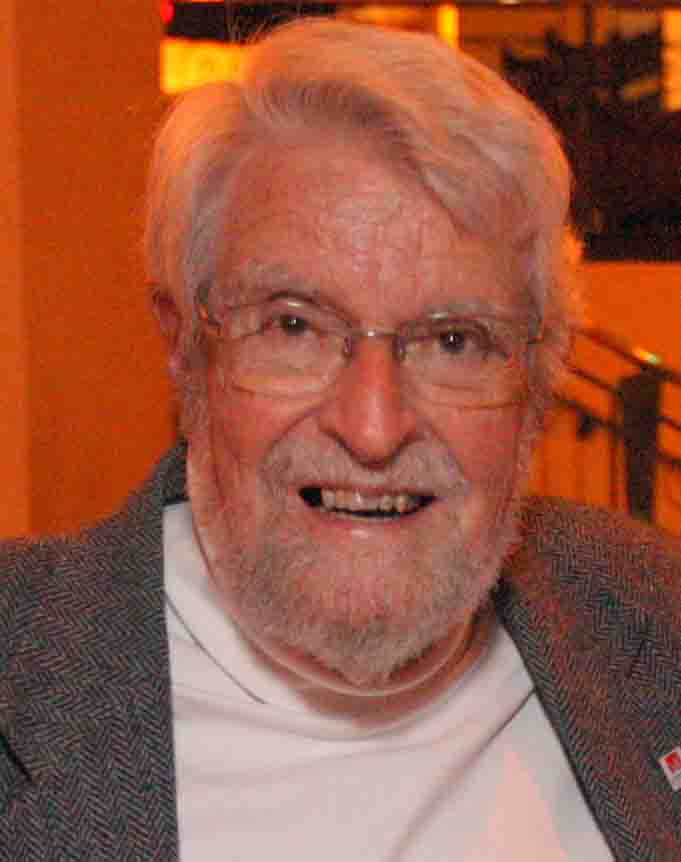-
(b.) - ?1924
Bio/Description
studied chemistry at Loyola University in Los Angeles. His college career was interrupted by the armed services, where he worked in meteorology. After completing his A.B., he first worked as a dispatcher for United Airlines and then, in 1947, went to RAND. He first worked with a desk calculator and then joined Cecil Hastings in programming IBM accounting machines for scientific computing. By 1952, Armer was in charge of the numerical analysis department at RAND; he remained there until 1968. He then headed the Stanford Computer Center, and went on to be an associate in the Harvard Program on Technology and Society. In his early years at RAND, Armer and his colleagues used modified IBM machines and the Card Programmed Calculator (CPC) to study such problems as the optimal design of airplanes and the incidence of mental illness in the U.S. He discusses the goals of RAND's John von Neumann's Integrator and Automatic Computer (JOHNNIAC), which was modeled on the Institute for Advanced Study (IAS) computer, but used punched cards for both input and output. The JOHNNIAC was specially designed to be reliable, with an RCA Selectron memory, and to have improved "human engineering," with a console for entering data rather than a paper tape. It was used especially for air defense training, simulating radar scopes. To implement the air defense system developed with JOHNNIAC, RAND established a Systems Development Division, which later programmed the Semi-Automatic Ground Environment (SAGE) and broke off into the Systems Development Corporation. Armer encouraged the development of RAND's programming language, the Johnniac Open System (JOSS), and participated in several groups of computer users, including: the Digital Computers Association, PACT (Project for the Advancement of Coding Techniques) for users of the IBM 701, SHARE for users of the IBM 704, and GUIDE for users of the IBM 702 and IBM 705. He taught programming one term at the University of Southern California. He comments on Fred Gruenberger's attempts to educate school teachers, on the use of mental tests to select programmers, on early lack of perception concerning the wide potential use of computers, and on the problems of protecting privacy in a computerized society. He highlights the idea of the stored program, the transistor, assembly programs, and compilers as key developments in the early history of computers.
-
Date of Birth:
1924 -
Gender:
Male -
Noted For:
President of AFIPS; RAND computer scientist -
Category of Achievement:
-
More Info:


